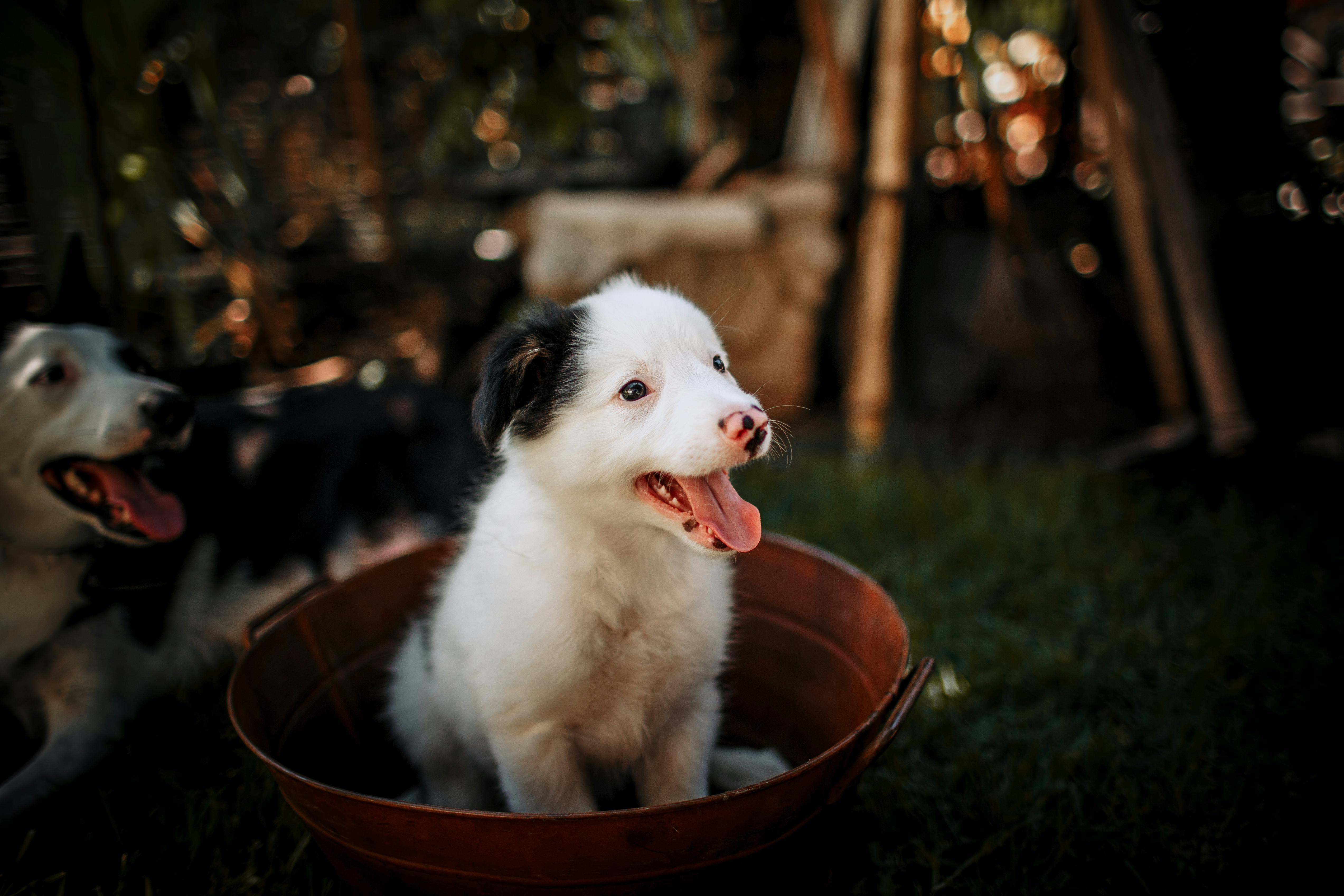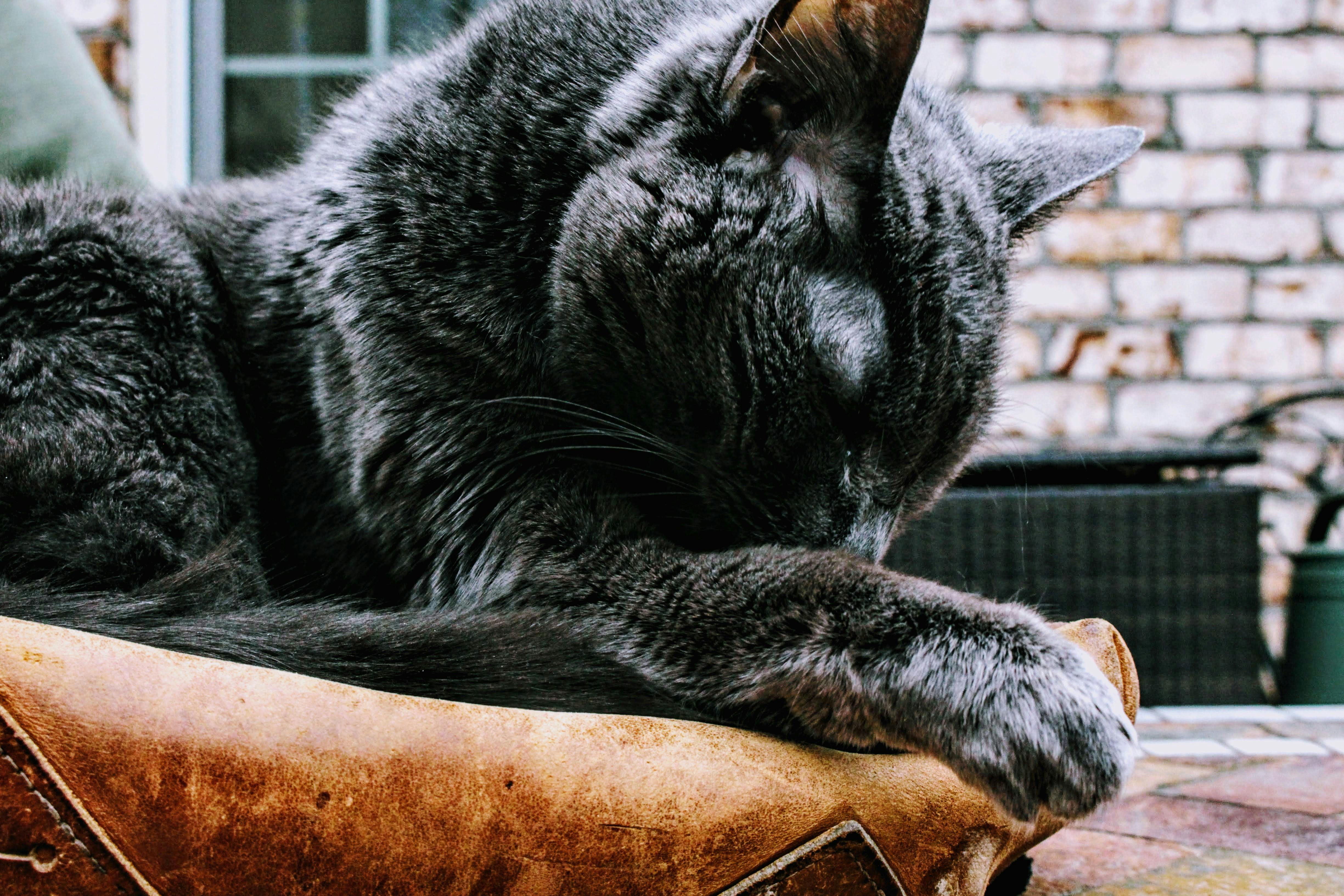Snoopy, Lassie, Marmaduke, Beethoven, UnderDog, and even Huckleberry Hound had their moment in the sun throughout the years. Some were flashes in the pan and others have become social icons. These characters’ dog posters are easy to find, but what about some of the more unfamiliar canine companions? For every superstar, there were at least ten not-so-famous pups who could use a little recognition. Some of them have become enduring symbols and others are what they are supposed to be, man’s best friend, always by our side and never seeking recognition for his achievements.
Since the beginning of the 20th century, there have been famous movies and artists portraying dogs of all breeds doing heroic and fun things that have made them worthy of at least one mention. Before 1900, there were artists who painted dogs, some of whom were made famous by other works. That has also happened in recent years, as you will read below. If you are a dog lover and a trivia buff, this is a list that you will definitely want to check out. It is not numbered or classified, because there is no way to rate a dog as in any way more important than others. However, it is a list of important furry four-legged friends who have quietly made history. You will definitely be surprised by some of the little known facts that are included here.
Rover’s real name was Blair
Hollywood has glamorized dogs since they started making movies in the early 1900s. In 1905, a silent movie called Rescued by Rover showed a heroic collie saving a baby from a beggar woman who kidnapped her while the family’s nanny was distracted and talking to a handsome soldier. The film is considered to be the first film of any kind to use paid actors. The nanny, the soldier and the beggar received half a guinea to do their papers. The film was so successful that British filmmaker Cecil Hepworth had to shoot it twice. The negative of the first shooting ran out after several screenings. In both versions, Hepworth used his family dog and his own baby. The dog’s name was not Rover. It was Blair.
Where would Annie have been without Sandy?
Little Orphan Annie, a popular comic strip character created by Harold Gray, first appeared in print on August 5, 1924, and ran virtually uninterruptedly until June 13, 2010. During that time, she was loved and hated, respected and despised, pitied and envied, but there was always one constant: her dog Sandy. Like any good canine companion, Sandy stood by his side through thick and thin, never wavering even when Gray’s politics threatened to wreck his fledgling career. During his radio years, from 1930 to 1942, Sandy had an introductory speaker role and a regular spot during the fifteen-minute afternoon show. Who made Sandy’s voice? Starting in 1936, he was a little-known NBC employee named Orson Welles. He was twenty years old when he was first hired for the role, just two years before his famous broadcast of The War of the Worlds.
Mike, Fritzi, Rags, Bozo or Homer?
Most people have seen the poster of the dog from the 1955 Disney animated film Lady and the Tramp, and most simply assume that the name of the stray dog is simply “The Tramp.” There are friendly families who feed him and call him Mike or Fritzi, but neither of those is his real name. During the movie, he is not specifically mentioned in any title other than “The Tramp”. The cast of the film, the voices, experimented with a number of different tags, including Rags and Bozo, but chose not to assign the poor pup one when the film was finally released. For those of you who are fond of trivia, his real name, the one they wrote in the original script, is Homer. Why is this historical? Homer and his friends were part of the first animated feature film shot on CinemaScope Widescreen, a revolutionary look that would change the scope of cinema for decades to come: the 1960s and 1970s.
Andy Warhol and Maurice
Andy Warhol was an American painter and filmmaker whose 1963 painting The Eight Elvis sold for a record $ 100 million. The purchase made Warhol a legend, on a par with Pablo Picasso and Jackson Pollock. The painting, which is a silkscreen, is a portrait of Elvis Presley which at the time of sale was owned by the Italian art collector Annibale Berlingieri. The buyer is unknown. Warhol also produced another painting called Portrait of Maurice, a depiction of a dachshund that belonged to his friend and art collector Gabrielle Keiller. You can find Maurice reproductions anywhere dog posters sell for as little as $ 10 each. You won’t find it on any of the many internet celebrity Warhol lists though, but the total sales of the picture far exceed the asking price of The Eight Elvis. It seems like the small amounts really do add up over time.
Toto – The dog he saw in color
They say dogs see in black and white, but there’s one dog on this list that definitely saw things in color, at least once the house finally landed in the jolly old land of Oz. Toto, one of the most famous dog poster dogs of all time, was the first Canis Lupus Familiaris to set foot in Munchkinland and will be forever immortalized for it. The movie itself is ranked the most viewed of all time and is credited with finally bringing vivid colors to the film industry. Toto, however, was not the dog’s real name, nor was it the male dog Frank Baum created him for. Toto was played by a black Cairn terrier named “Terry” and she was a professional actress. He was paid $ 125 a week, which was $ 75 more than each of the munchkins earned, and he broke his foot during production when one of the witch’s guards stepped on him. His owners, no doubt influenced by the popularity of the film, changed his name to Toto in real life after the film’s premiere in 1939. He lived to be eleven years old and is the only dog on this list to have his own “autobiography. “written. by Willard Carroll.
Copyright (c) 2010 Trey Markel




